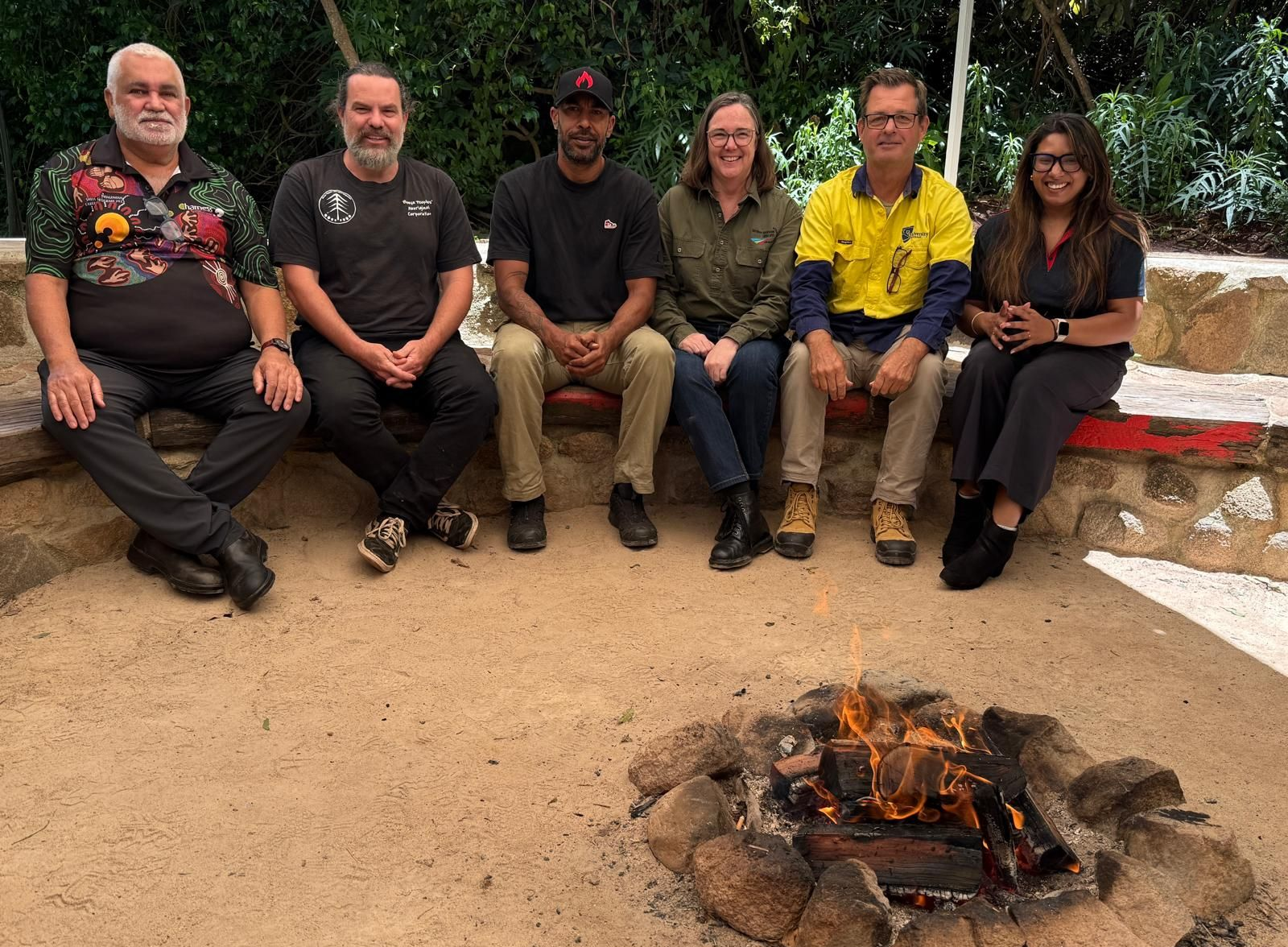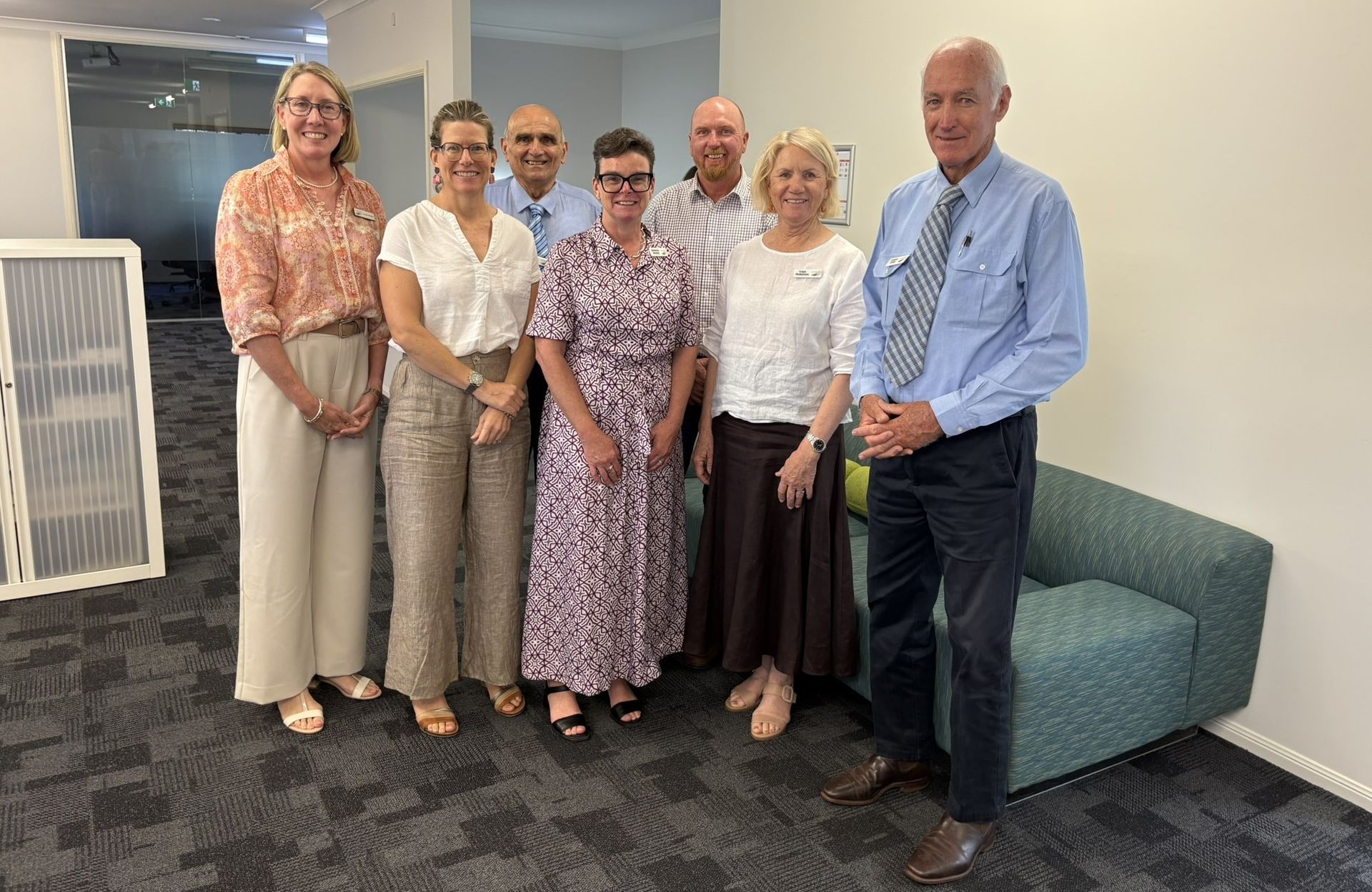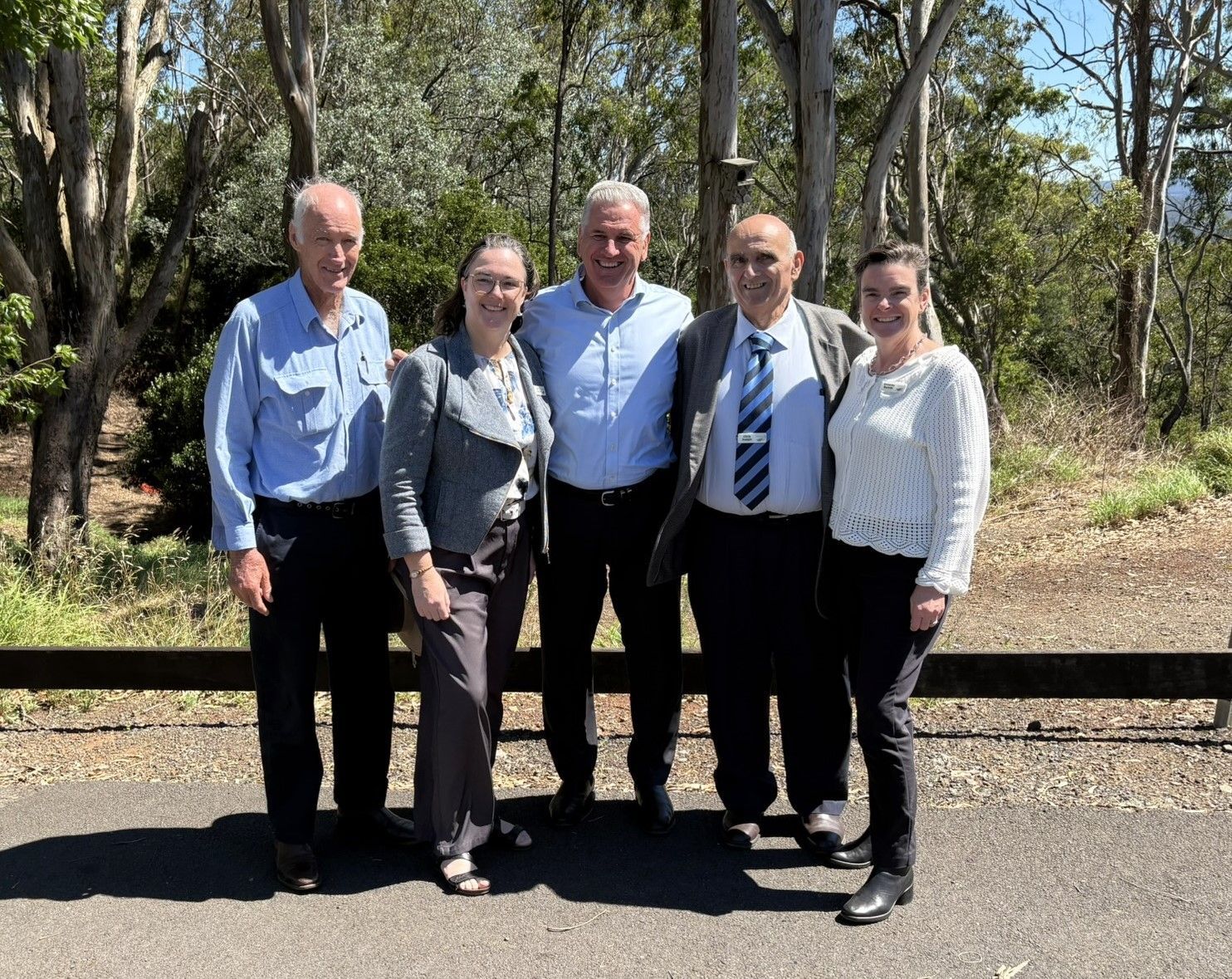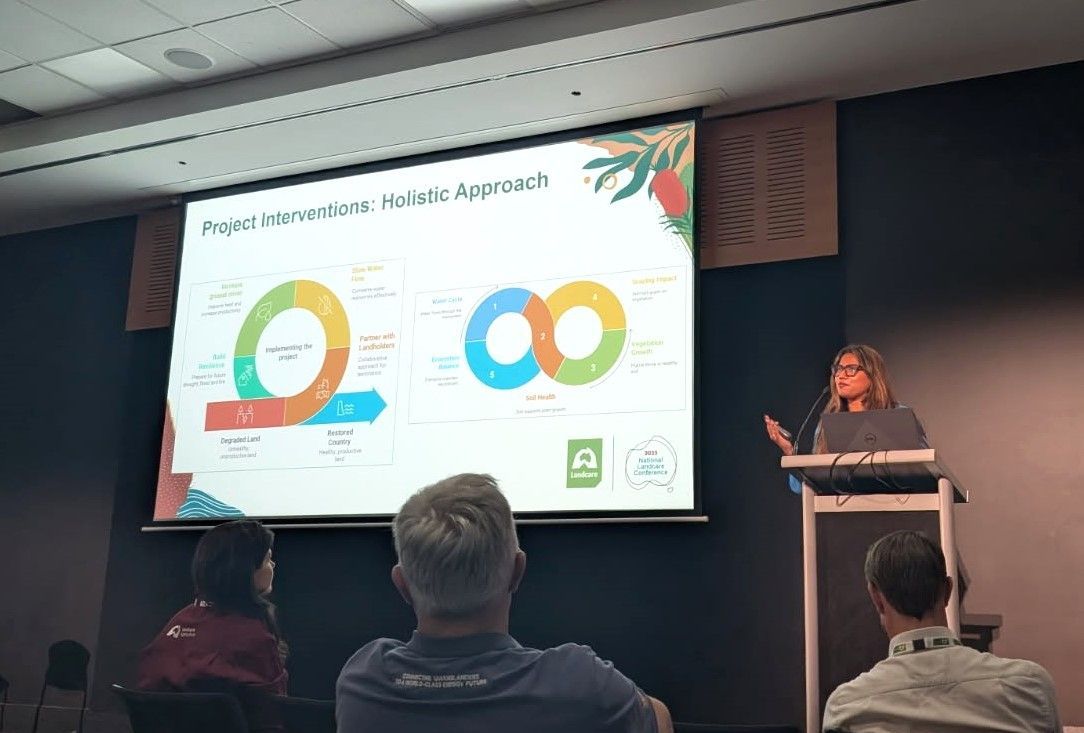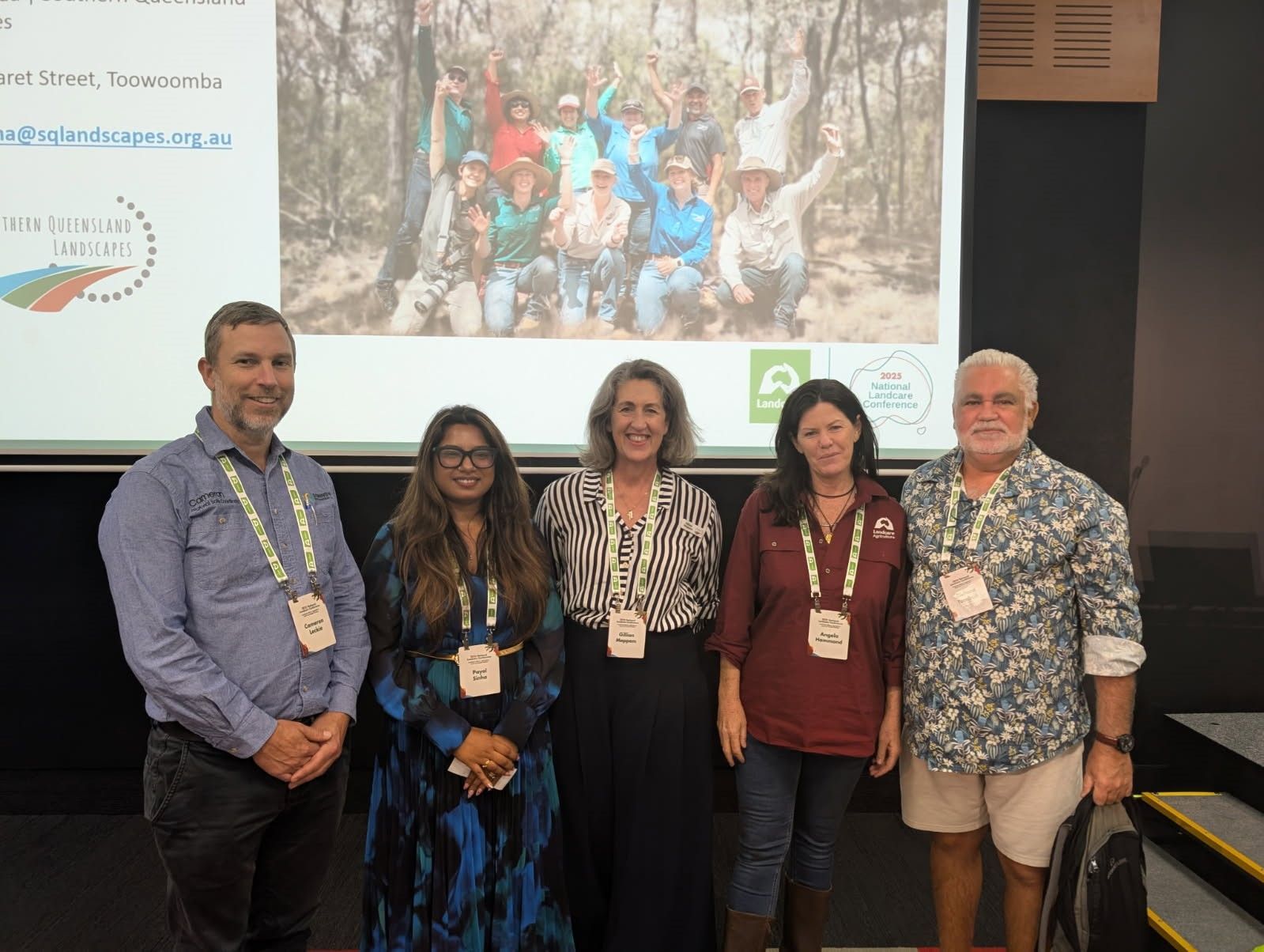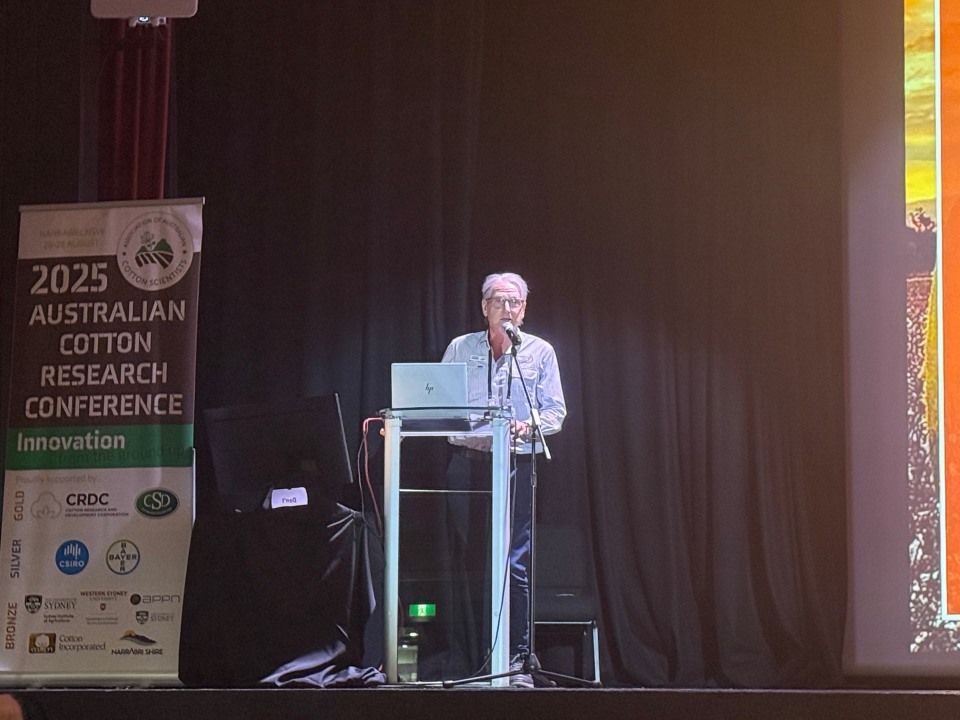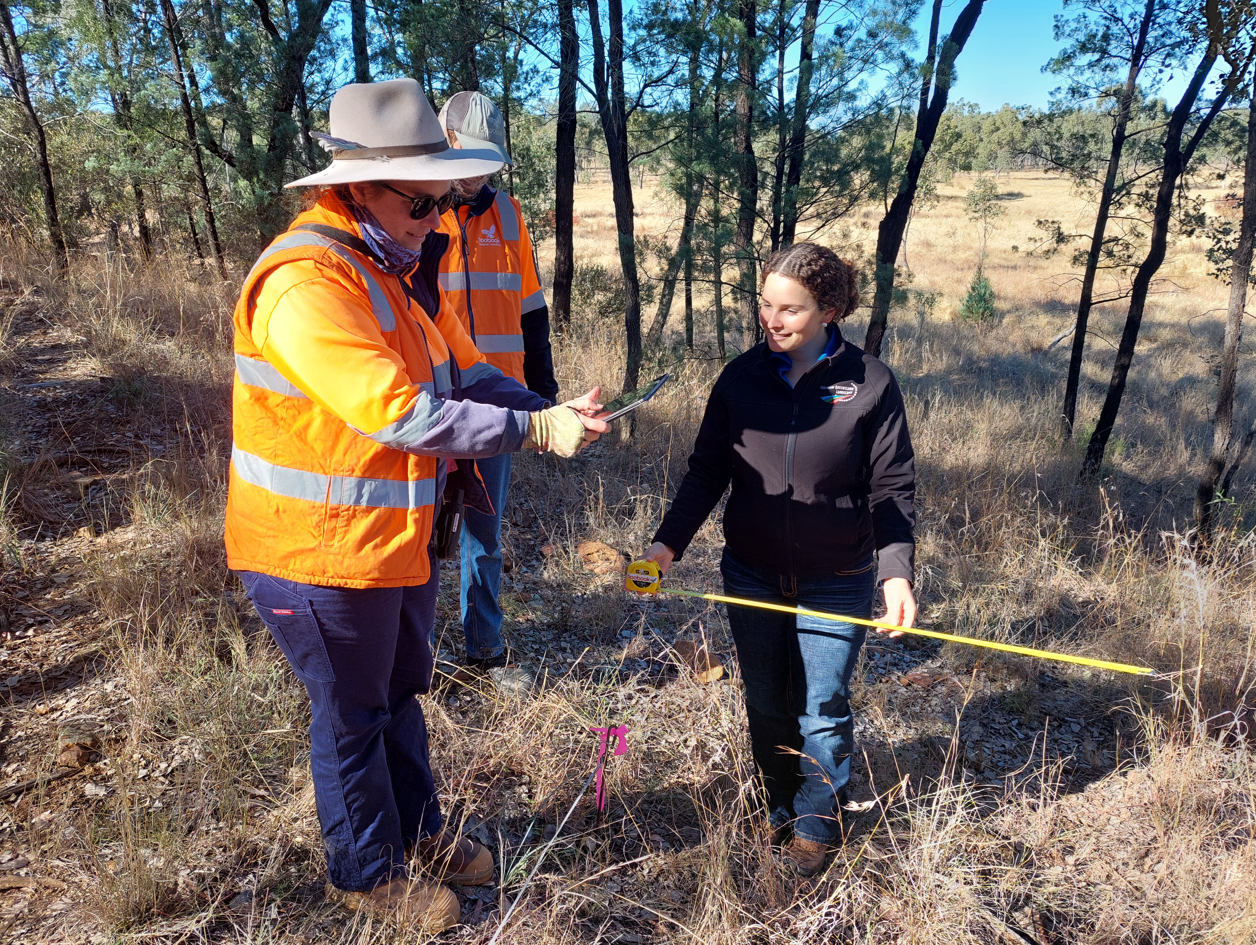A project aimed at reversing damage causing non-productive bare ground is underway in Southern Queensland.
The ‘Creating Flourishing Landscapes to Support Healthy Communities’ project is a $2.1M investment through Queensland Government’s Natural Resource Recovery Program.
Southern Queensland Landscapes Chief Executive Officer Paul McDonald said the project will help land managers improve some of the state’s most important environmental, grazing and cropping assets.
“In the next 14 months SQ Landscapes is working with land managers in the Lower Warrego, Traprock and Mitchell areas to improve soil health and land condition directly across more than 46,000 hectares initially, working towards 162,000 hectares later in the program,” Paul McDonald said.
“This work helps land managers to mitigate the impacts of drought, flood, fire and climate change as well as further develop local knowledge and foster strong community partnerships,” Mr McDonald said.
“We will be working with land managers to target weeds, address erosion, install off-stream watering points and fencing for better grazing management; soil testing to inform appropriate actions to improve land condition; slowing the flow of high velocity water; and, assisting land managers to improve pasture composition,” he said.
“By addressing bare ground areas in these three priority areas, the landscape’s resilience and ability to respond to natural disasters and climate change improves while at the same time supporting land managers to adopt more sustainable practices, and ultimately, their local economies.”
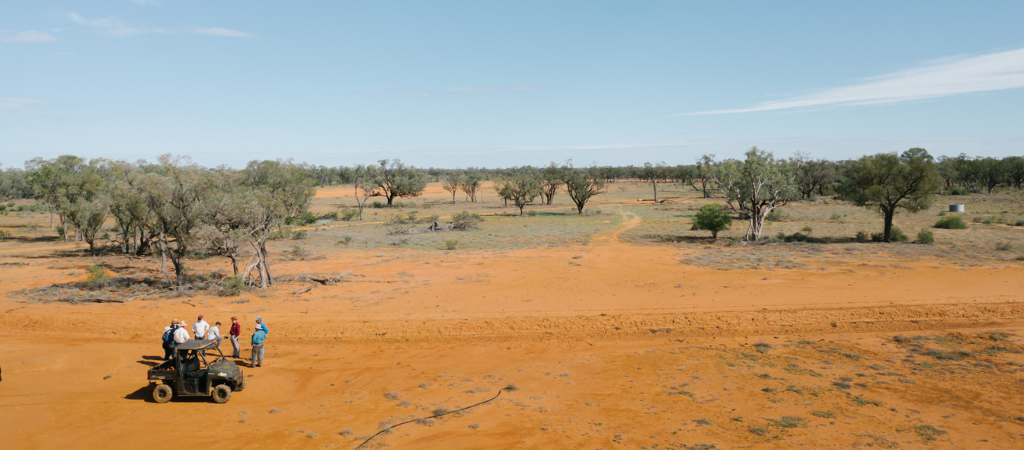
The project will focus on improving soil health and land condition across approximately 162,000 hectares of land within the Lower Warrego, Mitchell and Traprock regions.
While there are many contributors to a lack of landscape health, bare ground is a classic sign of poor soil health.
“Bare ground amongst other impacts, raises soil temperatures well beyond ideal conditions for microbes to flourish and starves them through reduced soil organic matter,” Paul McDonald said.
“Bare soil can reduce soil carbon storage and increase carbon entering the atmosphere contributing to global warming and leaving soil at risk of being blown or washed away through wind and water erosion,” Mr McDonald said.
“Australia’s ancient soils are typically low in organic matter and nutrients and highly susceptible to erosion. Inappropriate grazing, drought, poor water infiltration, soil compaction, pasture dieback, unsuitable pasture species, erosion, weeds and pests contribute to bare ground potential and further compound the major challenges land managers have with successful management of their country” he said.
“We estimate in the Lower Warrego area there is more than 499,000 hectares of above average bare ground on grazing floodplains across 104 rural properties."

Bare ground is unproductive and at greater risk of erosion or being blown away.
“Eight percent of the grazing flood plains in the Mitchell region also have above average bare ground…and in the Traprock area, bare ground is impacting the important headwater of the Border and Upper Condamine Rivers.”
“This project will help land managers address the impacts of bare ground in these three regions, and in turn, may benefit graziers, viticulturalists and agriculturalists supplying some of the best Queensland produce both domestically and internationally.”
Land managers in the Lower Warrego, Mitchell and Traprock areas interested in finding out more about the project and how to apply for funding assistance to address bare ground on their property should visit https://www.sqlandscapes.org.au/natural-resource-recovery-program.
